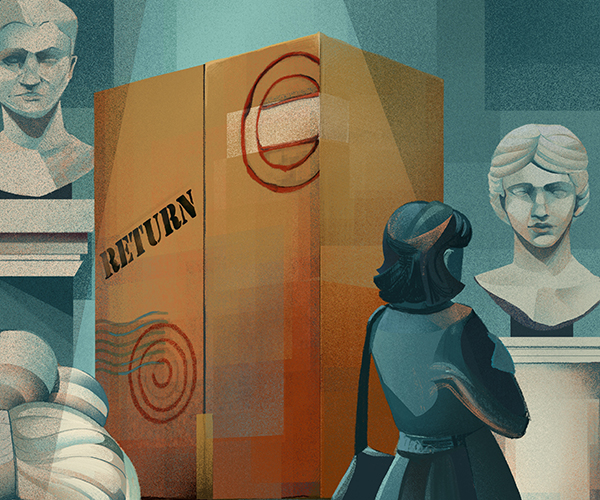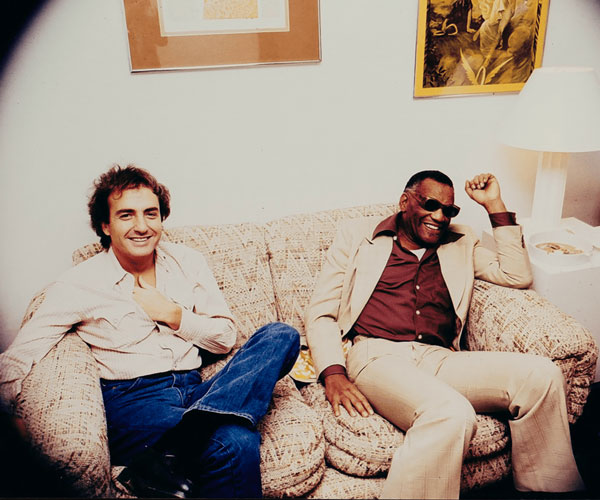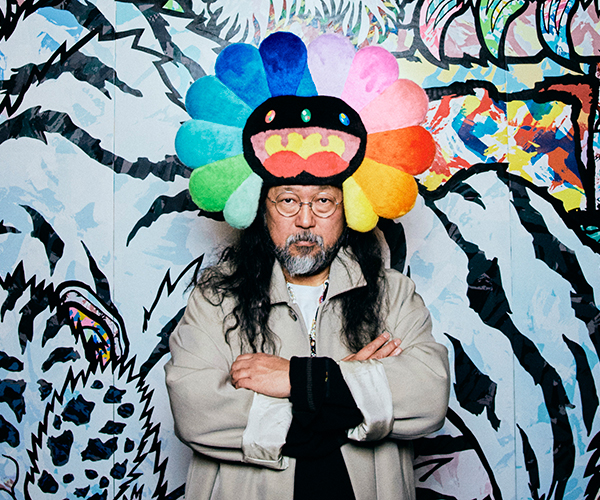Canadian artist David Altmejd's vitrines, at times, remind the viewer of biological systems or ghostly specters. Building his elaborate systems in transparent boxes, he creates forms conveying change and transformation that appear to float free while trapped in space.
"These are incredibly detailed, amazing sculptures by a young artist who is making very powerful work," says MOCA chief curator David Norr.
It's fitting then that the New York City-based Altmejd is one of 16 artists chosen to be part of Inside Out and From the Ground Up, MOCA's opening exhibit that looks at our relation to space and the built world, as well as the boundary between inside and out.
His is the first work of art visitors to the new museum will encounter within the walls of a gallery, and it promises to be a striking one. Altmejd is creating a 22-foot vitrine that examines the ideas of entropy and regeneration.
"This piece is going to be a great surprise for people coming through the building," Norr says.
Built specifically with the Toby Devan Lewis
Gallery's 70-foot-deep and 20-foot-wide dimensions in mind, it will be one Altmejd's largest vitrines to date.
"It has very interesting proportions," Norr says of the gallery space. "The piece that he is doing is really going to fit in there in a way that makes the work sing."
Tinkering Around
Middle school and high school students curious about contemporary art can learn from local artists themselves at MOCA's semimonthly Tinker Space classes (the first two are set for Oct. 14 & 29). Focusing on materials and artistic practices relating to a specific exhibition, the classes push process over results and encourage kids to see, think and create in a fresh way.
CLEAR INTENTIONS
If you've ever wanted a behind-the-scenes look at your favorite museum, MOCA was made for you. The idea of transparency is worked into the museum's design, and some of the touches are downright surprising. The glass rear wall of the museum gift shop, for example, allows visitors to see through to the museum's loading dock where art enters the building. Guests can also peek in on the second floor's art workshop where pieces are prepared for display.
"It's almost this idea of an ant farm, where you slice it open to see the busy workers," says MOCA executive director Jill Snyder. "It's elevating it to the level of spectacle." The approach starts on the outside, where a glass curtain wall the height of the building allows a view of the museum's grand staircase. "That's the public display," Snyder says. "You're a visitor outside watching people having an experience inside. That's the first line of attraction, right?"
ART LESSONS
MOCA becomes hands-on as visitors reach the museum's third floor, where little ones and high school kids alike get a chance to roll up their sleeves at educational sessions scheduled throughout the month. The glass-walled education suite, which contains a traditional classroom and a workshop space, is the only public destination on this level. (It shares space with MOCA's production studio and administrative offices.) But the decision to put the education suite away from where other programming occurs, such as talks and concerts, was a strategic one. "I didn't want any floor to be off-limits," Snyder says. "So the public programming is spread out."



